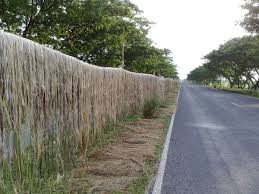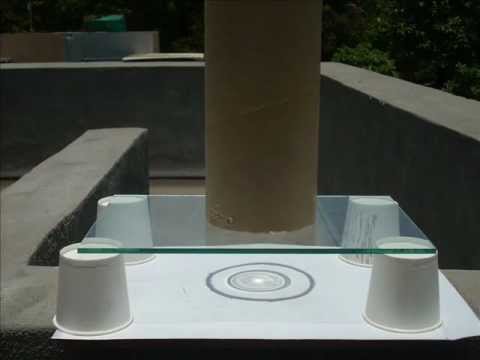The golden fibre of India - is often the toast of fashion circuits. Now it seems jute is going to shine in electronic circuits too. A group of Indian and American scientists have used recycled jute to fabricate high performance, flexible supercapacitors which have a number of applications ranging from energy storage devices to wearable electronics
Researchers specifically chose jute for their study because of its intrinsic fibrous structure which can be beneficial for conductivity. Jute is also easily available, and is one of the most affordable natural fibres after cotton. Results of the study done by scientists from the Banaras Hindu University, National Physical Laboratory, New Delhi, Los Alamos National Laboratory (USA) and Pittsburgh State University (USA), have been published in journal Scientific Reports.
Jute fibres were obtained by untangling ordinary jute rope purchased at a supermarket. The fibres were then chemically and thermally treated to obtain carbonized jute. Various experimental techniques were used to study the properties of carbonized jute fibres and their contribution towards the performance of a supercapacitor device.
A detailed study revealed that carbonized jute possesses a highly porous structure, which allows for more energy storage across a large area. A conducting form of carbon, known as the graphitic phase, was also found, making carbonized jute a suitable and sustainable electrode material for supercapacitor devices. Charge-discharge measurements showed that carbonized jute was an excellent candidate for use in flexible and high performance energy storage devices.

"Jute fibres were obtained by untangling ordinary jute rope purchased at a supermarket. The fibres were then chemically and thermally treated to obtain carbonized jute."
Energy storage without loss is an important aspect to consider while choosing electrode materials for supercapacitor devices. Carbonized jute stands out here, demonstrating 100% charge retention over a whopping 5000 cycles of charge-discharge measurements. No other plant derived carbon electrode has been able to come even remotely close to this number without a significant loss in their ability to retain charge.
A supercapacitor, also known as an Electric Double Layer Capacitor (EDLC), consists of two carbon based electrodes immersed in an electrolyte. A thin porous material is placed between the electrodes to ensure that conduction takes place only due to movement of ions across the electrolyte, and not due to physical contact between the electrodes. When an external voltage is applied across a supercapacitor, the dissolved anions and cations collect at oppositely charged electrodes, forming an 'electric double layer', thus facilitating the storage of energy.
The performance of a supercapacitor depends upon the choice of electrode materials. An ideal electrode would be one having a high surface area and high porosity to store more charge. Electrodes made of carbon derived from plants are being explored as a sustainable, non-toxic, chemically inert, and thermally stable alternative to polymeric or metallic materials that are currently used.
A supercapacitor device made with carbonized jute electrodes showed a 60% improvement in charge storage capacity at temperatures as high as 75 degree centigrade, which the authors attribute to enhanced mobility of ions across the electrolyte. The research team included P K Kahol, Sweta Singh, Prashant Tripathi, O N Srivastava, Satbir Singh, Bipin Kumar Gupta, Gautam Gupta and Ram K Gupta, Camila Zequine, C K Ranaweera, Z Wang andPetar R Dvornic. (India Science Wire)




